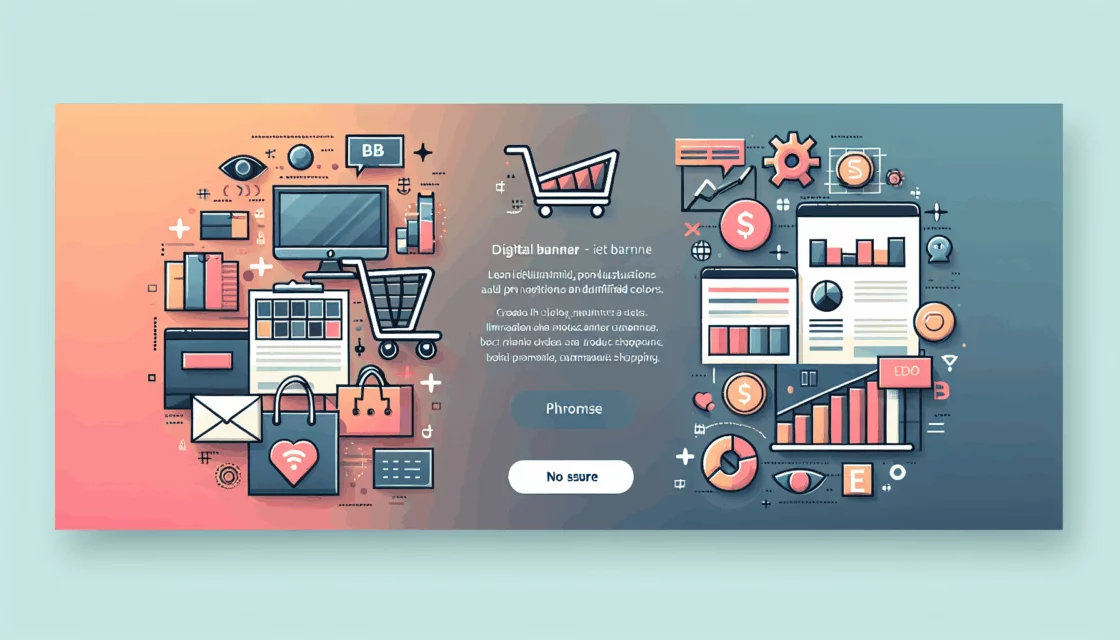
As our world grows increasingly connected, businesses in the USA, UK, Canada, and beyond recognize the importance of speaking their audience’s language—literally. A multilingual website design is no longer a luxury; it’s a necessity for brands aiming to thrive in a global marketplace. Whether you’re targeting a diverse local population or scaling internationally, implementing robust language support can dramatically increase engagement, trust, and conversions.
Why Multilingual Website Design Matters
Research consistently shows that users are more likely to engage, buy, and return to a website that offers content in their native tongue. For businesses, this translates to higher retention, better search engine rankings, and a competitive edge in regions with multiple official languages, like Canada or the US. Supporting multiple languages reflects a commitment to globalization and accessibility, making your brand more inclusive and appealing to a wider audience.
At Belov Digital Agency, we’ve helped countless clients unlock new markets by tailoring their web presence to local languages and cultural nuances. A well-executed multilingual strategy isn’t just about translation—it’s about crafting a seamless user experience for every visitor, regardless of their language.
Core Considerations for Multilingual Website Design
1. Plan Your Language Strategy
Before diving into implementation, clarify which languages your audience speaks. Consider factors like:
- Geographic regions you serve or want to target
- Official languages in those regions (e.g., English and French in Canada)
- Languages spoken by your existing customer base
Tools like Google Analytics and Google’s International Targeting Guide can help you identify which languages will have the biggest impact.
2. Choose the Right Platform and Hosting
Not all website builders and hosting providers support multilingual setups equally. For WordPress users, plugins like Weglot and WPML streamline the process, allowing you to create language-specific pages with minimal technical overhead. We recommend hosting on Kinsta for fast, reliable performance—especially important for multilingual sites that may experience increased traffic and complexity.
3. Design for Language Flexibility
Different languages require different amounts of space and may read right-to-left (RTL), such as Arabic or Hebrew. To ensure a consistent user experience:
- Design layouts that adapt to varying text lengths
- Test how your design looks in RTL languages
- Use flexible containers and responsive design principles
Platforms like Smartling’s multilingual website guide offer practical tips for accommodating these differences.
4. Implement a User-Friendly Language Switcher
Make it easy for users to switch between languages. Best practices include:
- Displaying language options in the local format (e.g., “Français” instead of “French”)
- Placing the switcher in a prominent, consistent location—often the header or footer
- Avoiding automatic redirects that might frustrate users who want to see another language version
For inspiration, check out Digital.gov’s multilingual best practices.
Technical Best Practices for Language Support
1. URL Structure and SEO
How you structure your URLs impacts both user experience and search engine optimization (SEO). Common strategies include:
- Subfolders: yoursite.com/en/ for English, yoursite.com/es/ for Spanish
- Subdomains: en.yoursite.com, es.yoursite.com
- Separate domains: yoursite.com (English), yoursite.fr (French)
Each approach has pros and cons, but subfolders are generally easiest to manage and best for SEO. Read more about this on Boston Research Center’s best practices.
Always use the hreflang attribute and a multilingual XML sitemap to help search engines serve the correct version to users in different regions.
2. Translation and Localization
Professional translation is just the start. Localization goes deeper, adapting content for cultural context, idioms, and local regulations. Use:
- Style guides and glossaries to maintain consistency across languages
- Translation memory to speed up updates and reduce costs
- Native speakers or expert translators for sensitive or nuanced content
Learn more about localization tools at Smartling.
3. Test and Maintain Your Multilingual Site
Regularly review your site to ensure all language versions work correctly:
- Check buttons, forms, and navigation in every language
- Monitor page load times, especially if you use a multilingual plugin
- Update content as your business and audience evolve
This ongoing maintenance is key to a smooth, professional user experience.
Real-World Examples and Case Studies
To see multilingual website design in action, consider how global brands like Nike, Apple, and IKEA present content in dozens of languages, each tailored to local tastes and expectations. These sites use clear language switchers, localized imagery, and region-specific offers to build trust and drive conversions.
Small and mid-sized businesses can achieve similar results by following best practices and leveraging tools designed for multilingual support. For example, one of our clients at Belov Digital Agency increased their Canadian engagement by 40% after launching a French-language version of their site, complete with localized offers and customer support.
Summary and Next Steps
Designing a website that supports multiple languages requires thoughtful planning, technical attention, and ongoing maintenance. By focusing on user experience, SEO, and localization, you can unlock new opportunities in global markets and better serve your existing audience.
If you’re ready to expand your reach with a multilingual website, contact us today. Our team of WordPress experts can help you design, implement, and optimize a site that speaks to the world.













